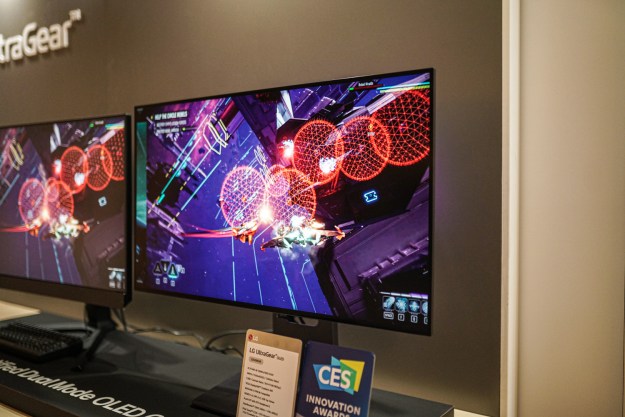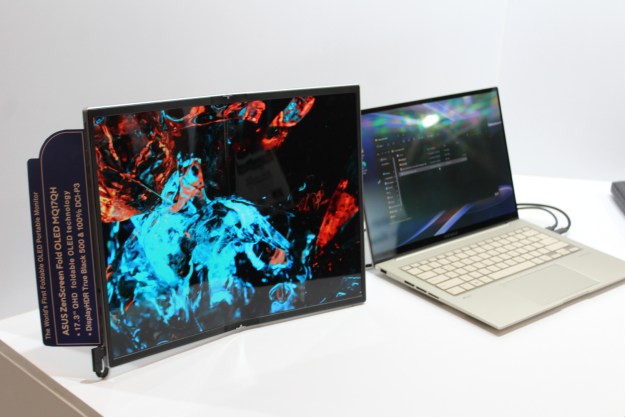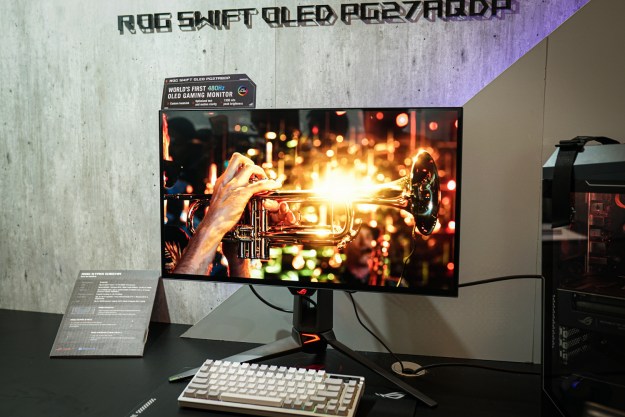Alienware was the first company to introduce a QD-OLED gaming monitor, and now we know its price. As announced by Dell, the Alienware 34 Curved QD-OLED Gaming Monitor, AW3423DW, will cost $1,300 in the U.S. and $1,650 in Canada.
Dell says the monitor will be available in early Spring, meaning it’ll be among the very first QD-OLED displays available to purchase.

The availability announcement of the AW3423DW is the first pricing information to be revealed on any QD-OLED display, including televisions. The QD-OLED panel technology comes courtesy of Samsung, which has yet to unveil any pricing information on its own QD-OLED TVs.
The price of Alienware’s monitor may suggest that QD-OLED will be cheaper than traditional OLED. $1,300, while a lot of money for a monitor, is significantly cheaper than previous attempts at OLED gaming monitors.
Alienware’s own 55-inch OLED gaming monitor, for example, originally retailed for $4,000. It was a larger screen, of course, and this price eventually did eventually drop to $2,500. But clearly, QD-OLED could end up being the more affordable display technology — at least on the gaming monitor front.
QD-OLED, or Quantum Dot OLED, is Samsung’s attempt at merging the expanded colors and brightness of Quantum Dot tech with the absolute blacks of OLED. The result, in theory, is the best of both worlds. Considering even OLED is still incredibly rare for gaming monitors, Alienware’s QD-OLED display should be a major step forward for image quality.
Dell says the Quantum Dot pixel layer brings “higher color uniformity, wider color coverage, and increased brightness.” The specific claim is 1,000 nits of peak brightness and 250 nits of typical brightness. As I said in my initial time with the display, the screen appeared every bit as vibrant as OLED to my naked eye.

Other important features of the QD-OLED monitor are its 3440 x 1440 resolution, 1800R curve, and 175Hz refresh rate. The monitor also supports DisplayHDR 400 True Black and G-Sync Ultimate.
Alienware’s monitor is the first QD-OLED monitor to be announced, so we’ll have to wait to hear if Samsung, ROG, or others will invest in the next-gen technology with releases of their own.
Editors' Recommendations
- 4 gaming monitors you should buy instead of the Alienware 34 QD-OLED
- I finally stopped neglecting my second monitor, and you should too
- MSI and Asus just flipped the script for their OLED gaming monitors
- There’s a war brewing over OLED gaming monitors
- Why Alienware remains the undisputed champ of OLED gaming monitors


